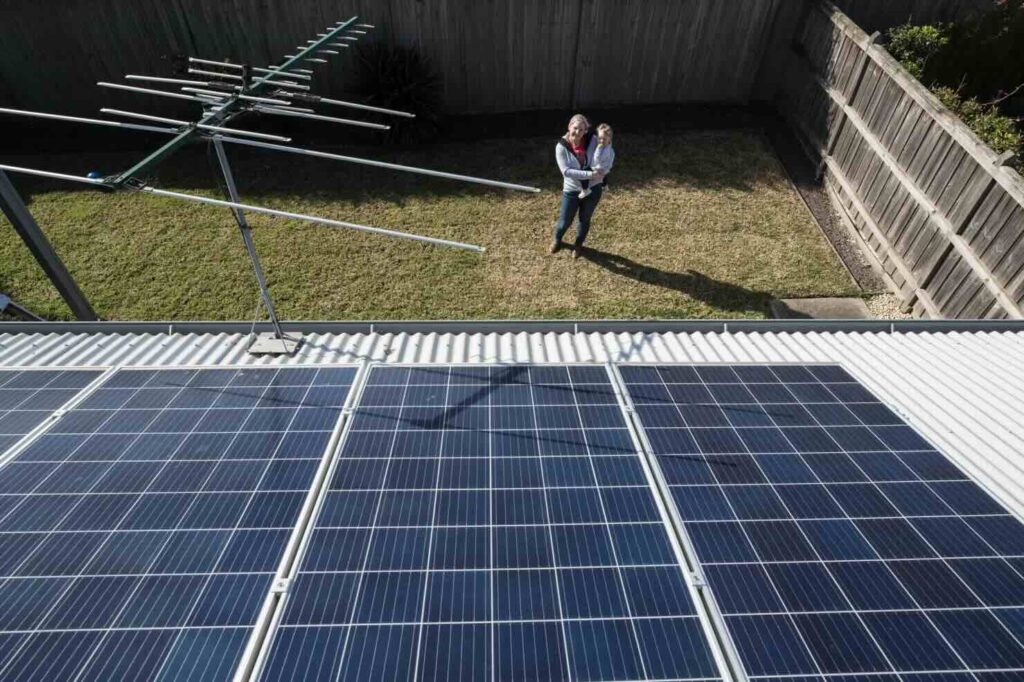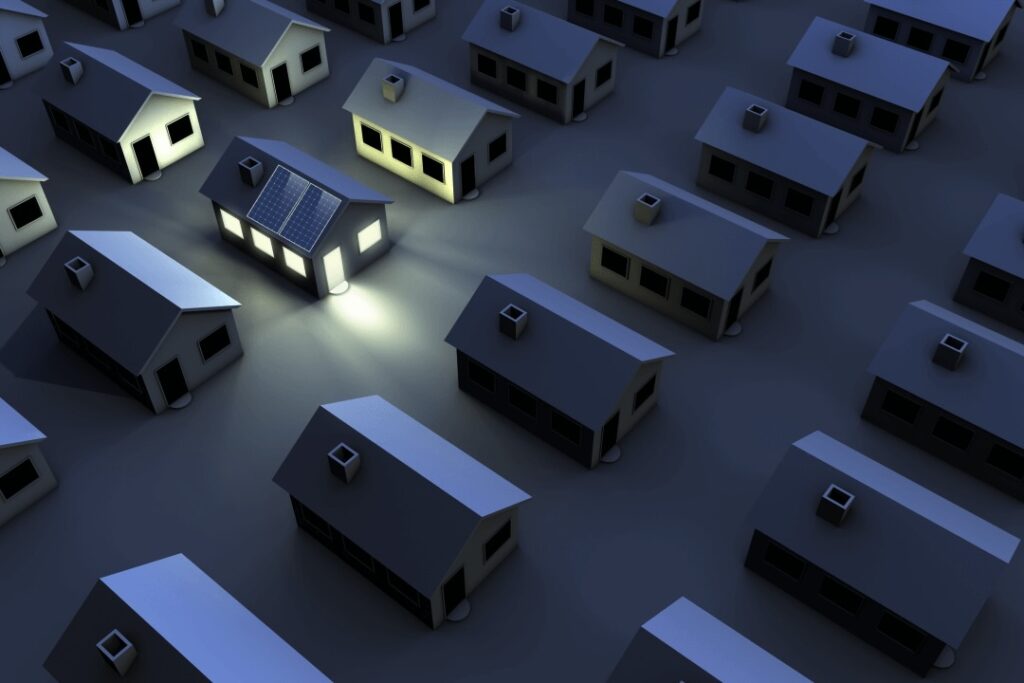Last update January 2nd, 2025 at 09:24 pm
As solar energy continues to grow in popularity, more Australian homeowners are exploring the benefits of installing solar panels. If you’re considering going solar in 2025, understanding the costs is crucial. While the initial investment may seem high, government rebates and long-term savings make it a smart financial decision. Here’s a detailed look at what you can expect to pay for solar panels in Australia this year.

Average Cost of Solar Panels in 2025
The cost of solar panels in Australia varies depending on several factors, including system size, brand, and installation complexity. On average, a 6.6kW solar system—the most common size for residential properties—costs between $3,500 and $9,000 after government rebates. Larger systems, such as 10kW or 13kW setups, typically cost more but offer greater long-term savings.
The price per Watt is another way to assess the cost. In 2025, the average retail cost per Watt ranges from $0.50 to $1.20, depending on the quality of the solar panels and the installer. For example, high-efficiency panels may cost more upfront but deliver better performance in the long run.
Factors That Influence Solar Panel Costs
- System Size: The bigger the solar system, the higher the cost. A 6.6kW system, for instance, is sufficient for a small Australian household, while larger homes may require systems of 10kW or more.
- Type of Solar Panels: Not all solar panels are created equal. High-efficiency panels, such as monocrystalline panels, cost more but perform better in low-light conditions and take up less space. Polycrystalline panels are more affordable but may not be as efficient.
- Inverter Choice: The type of inverter you choose also affects the overall price. String inverters are more affordable, while microinverters offer greater flexibility and efficiency but at a higher cost.
- Installation Complexity: The ease or difficulty of the installation process can affect labour costs. Homes with simple, unobstructed roofs will typically see lower installation fees, while properties with steep roofs, multi-storey or complex layouts may incur additional costs.
- Location: The cost of solar panels can vary slightly depending on where you live. Regional differences in labour and transport can influence prices.

Government Rebates and Incentives
Government rebates remain a key factor in making solar panels more affordable in 2025. The Small-scale Renewable Energy Scheme (SRES) provides homeowners with Small-scale Technology Certificates (STCs). These certificates reduce the upfront cost of your solar installation. The number of STCs you qualify for depends on your location, system size, and panel performance.
In 2025, a typical 6.6kW system in Zone 3 can earn around $2,050 in rebates, significantly lowering your overall costs. It’s important to note that the STC program will phase out by 2030. As a result, installing solar sooner rather than later allows you to take full advantage of this financial incentive.
Long-term Savings: Is Solar Worth It?
While the upfront cost of solar panels can seem high, the long-term savings are undeniable. A 6.6kW solar system can save the average Australian household between $900 and $1,500 annually on electricity bills. For larger systems, these savings are even higher, especially if you maximise your self-consumption by using appliances during daylight hours.
In addition to reducing your electricity bills, solar panels can increase your property value. Homes with solar systems are often more attractive to buyers, particularly in energy-conscious regions of Australia.
Moreover, as energy prices continue to rise, your investment in solar will only become more valuable. Within 3 to 5 years, most homeowners will have fully recouped their initial investment, after which they can enjoy years of virtually free energy.
Should You Consider Solar Batteries?
To enhance your solar system, you may want to consider adding battery storage. In 2025, battery prices have decreased but still represent a significant investment. For example, a Tesla Powerwall 3 costs between $15,000 and $17,000 fully installed.
Despite the high cost, batteries allow you to store excess energy generated during the day for use at night or during cloudy periods. This means you’ll rely even less on the grid and can further reduce your energy bills. Additionally, in regions prone to power outages, battery storage can provide essential backup power.
With state-based battery rebates and incentives available in places like Victoria, NSW and the Northern Territory, now is a good time to consider including a battery in your solar installation. The rebate programs can reduce the upfront cost by as much as $5,000, depending on where you live.

Financing Options for Solar Panels
If the upfront cost of solar panels feels overwhelming, financing options are available to make the transition more accessible. Green Loans and buy now, pay later schemes allow you to spread the cost over time while still benefiting from the immediate savings that solar provides.
Many solar companies offer flexible payment plans that let you pay off your system in manageable instalments. This means you can enjoy the benefits of solar energy from day one without a large financial outlay.
Choosing the Right Solar Installer
Selecting a reputable solar installer is crucial to ensure a smooth and successful installation. In 2025, many companies offer solar panel installations, but not all are equal in terms of quality and service. Look for an installer accredited by the Clean Energy Council (CEC). These accredited installers adhere to industry standards, ensuring that your system is installed safely and efficiently.
Additionally, consider the warranties offered by your installer. A reliable company will provide warranties on both the panels and the installation. This guarantees peace of mind and protects your investment in the long run.
Conclusion
Investing in solar panels in 2025 is a smart financial move for most Australian homeowners. While the upfront costs can vary, government rebates, long-term savings, and rising electricity prices make solar an attractive option.
Whether you’re looking to reduce your electricity bills, increase your home’s value, or lower your carbon footprint, solar panels are a worthwhile investment. With the right installer and financing options, you can start saving on energy costs immediately. Don’t wait—take advantage of the current rebates and start your solar journey today.